Endoscopic surgical instruments use mirrors to reflect light and provide visual access to the surgical site. Common faults of mirrors in endoscopic surgical instruments include scratches, cracks, and delamination (separation of layers). These faults can affect image quality, reduce illumination, and cause artifacts or distortion. Here are some measures to address these issues:
Inspection: Regular inspection of the mirrors can help detect any faults early on. This can be done visually or by using specialized tools such as a borescope or microscope.
Cleaning: Cleaning the mirrors with a soft, lint-free cloth or a specialized cleaning solution can help remove debris or contaminants that may affect image quality. Care should be taken to avoid scratching the surface of the mirror.
Replacement: If the mirror is scratched, cracked, or delaminated, it may need to be replaced. Replacement mirrors can be obtained from the manufacturer or a specialized supplier.
Calibration: Misalignment or deformation of the mirrors can affect the accuracy of the surgical procedure. Calibration of the mirrors can help ensure that they are properly aligned and functioning as intended.
Quality control: Regular quality control measures, such as visual inspection and testing of image quality, can help detect any faults in the mirrors and ensure that they are functioning correctly.
It is important to follow the manufacturer's recommendations for cleaning and maintenance of endoscopic surgical instruments, including the mirrors. Proper care and maintenance can help extend the life of the mirrors and improve the quality of the surgical procedure.


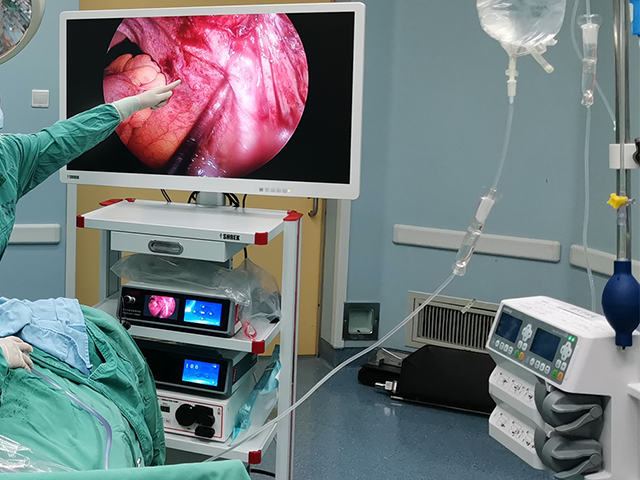
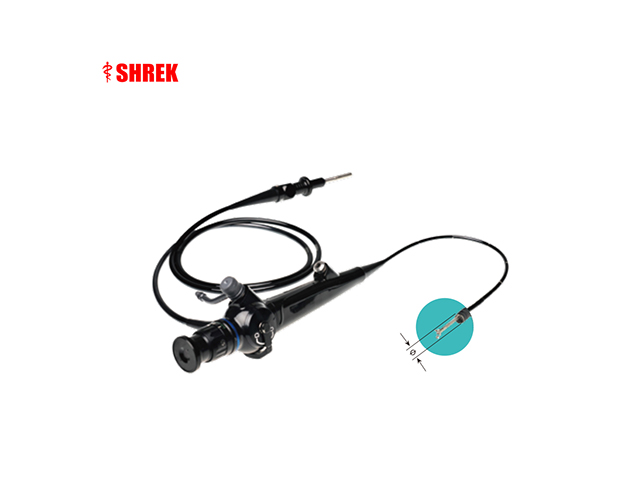
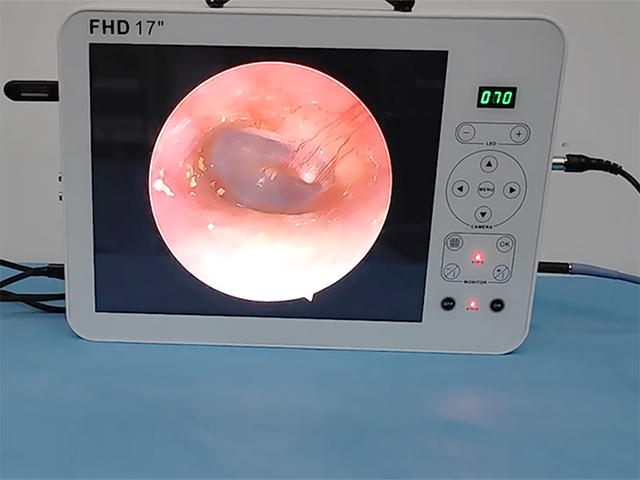
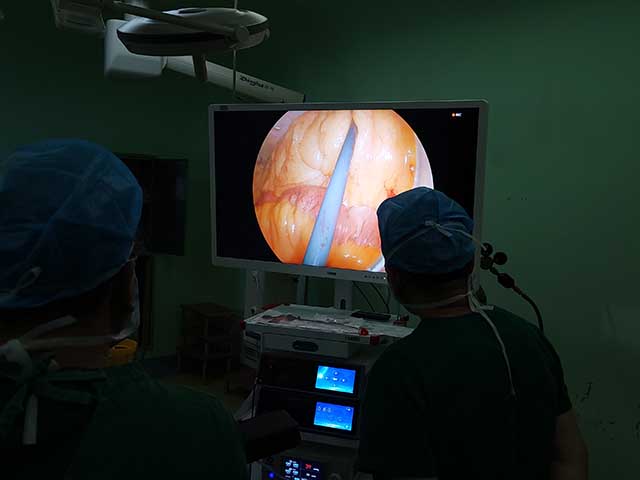
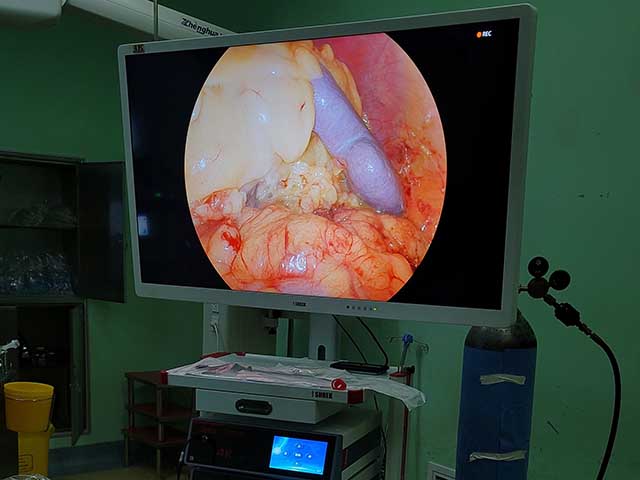

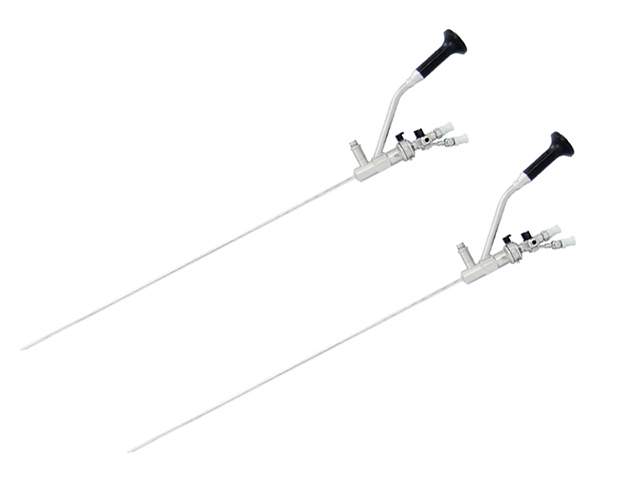
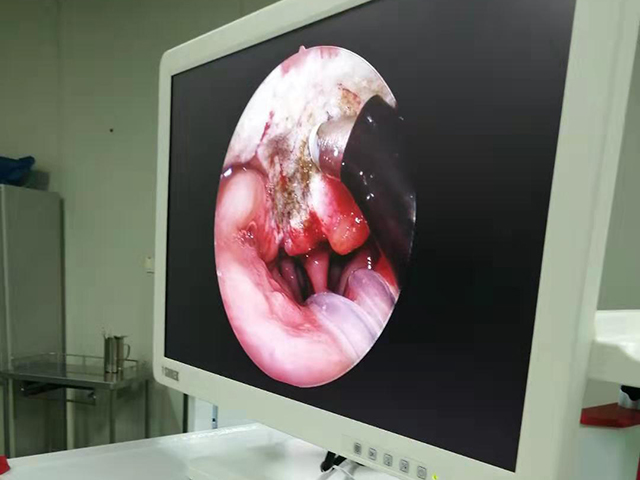
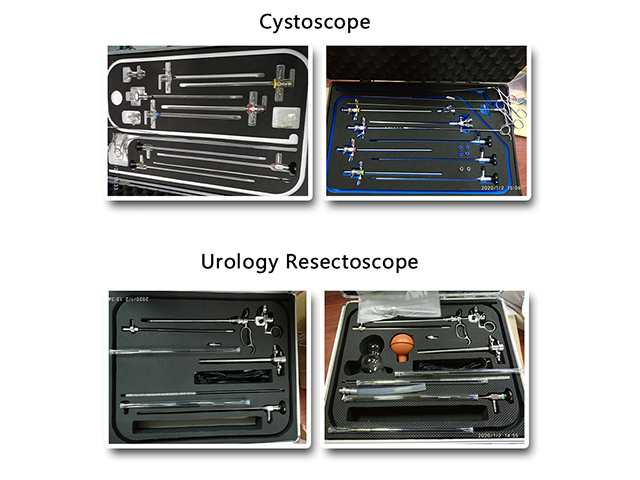
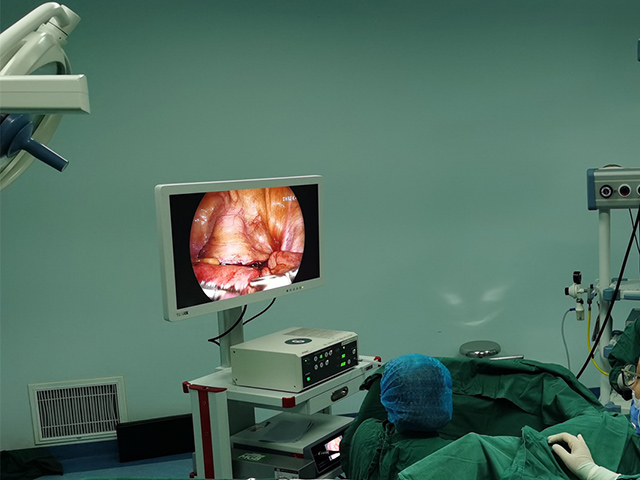
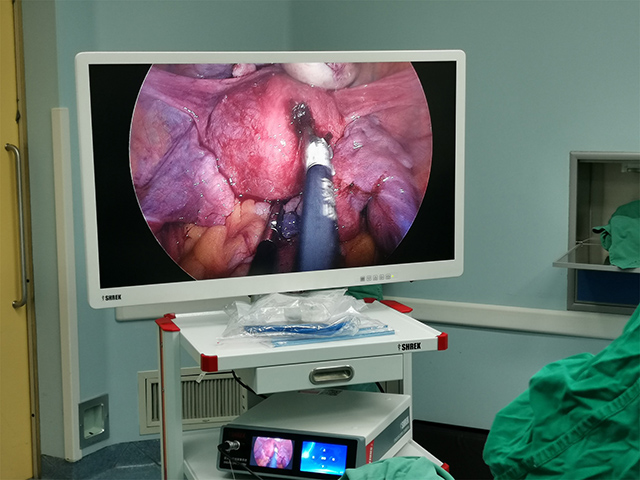
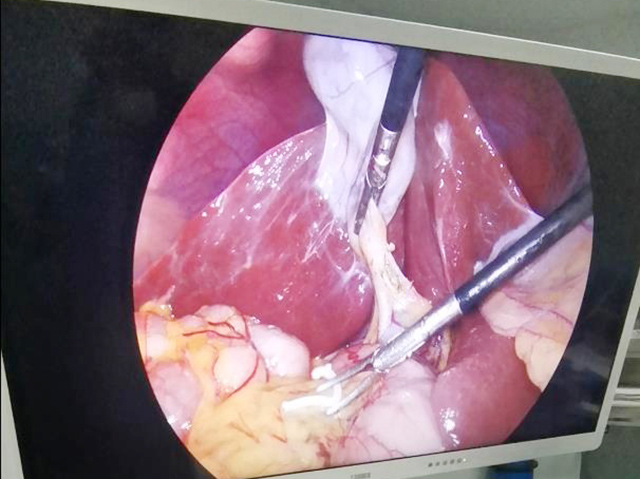

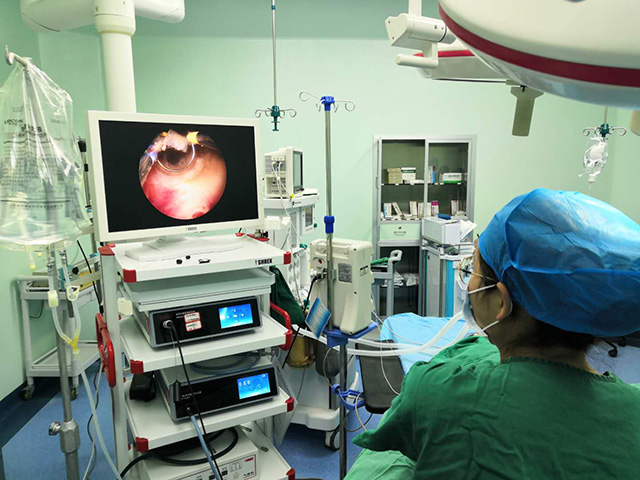
Leave A Inquiry